The long and cold winters of the northern countries are certainly propitious to great bike projects; after Dag Sinclair Riise from Norway and his gorgeous Egli-Vincent Replica (1), let’s go to Canada and have a look at Glen Breaks’ fabulous Vincent Roadster: built in a very different style, the execution is however made with the same talent (2). Glen is a woodworker in British Columbia, near Robert Watson and he owns a quite impressive workshop which enabled him to build nearly everything on his bike. While restoring a motorcycle already requires efforts and dedication, building his own bike takes it to another level.
Glen, who also owns a 1000 Rapide, wanted something very different and much more modern; a kind of Buell or Ducati Monster with a Vincent engine in it. This means modern suspensions, modern brakes, modern wheels and a mono-shock rear suspension in order to bridge his bike architecture with the latest Vincent Series D produced in 1955. Thus, the inspiration was much closer to Terry Prince frames than the original Egli concept presented in 1968. Eventually, this blend had to be not only extremely nimble and sharp on the road, but also had to be able to keep up with modern sport bikes.
If I tell you upfront that Glen did not use any jig to build his frame, you would likely believe this is not true, but evidences are in the pictures! In fact you can even refer to the 2 forums (3) (4) that Glen used during the manufacturing phase to share his progresses, discuss his challenges and solutions and also from time to time get re-energized to continue his project … as you need faith to keep the morale up until the end, but the result worth it.
The engine is the very last phase in progress; indeed, Glen has used the engine of his 1000 Rapide, not as a donor but as a base to develop the frame and build the bike around it, so a new engine had to be assembled. As for the frame, Glen had also a strong opinion about the engine specification and to mention that “as the engine was going to be expensive any way it will be done, thus it would be better to push the hotrod envelope as far as I can”: the displacement is 1360cc, cases are from Andy Molnar, the Manx engine builder, heads were developed by Terry Prince with some cross pollination from Steve Hamel and his Bonneville speed adventures (5), Inlet ports are 38 mm versus 28 mm for a stock Vincent, compression is 10.5:1, con-rods and pistons are forged by Carillo, cams are Terry’s own Mk 5 design. They were designed by his godson, Fritz Egli Jr, who is Engineer on the Mercedes Formula 1 team. Terry gave Fritz Jr the weight, dimensions and geometry of the Vincent Valve train and Fritz plugged those numbers into the Mercedes F1 cam development program to come up with what is supposed to be the optimum profile for that engine, mid-range to top end. Glen says “they don’t look anything like any other Vincent cam I’ve seen… It should be interesting!”
This new mill is going to be this summer in the Roadster chassis to provide an astonishing combination of performance and purity. Glen not only made it, but he also delivered a bike which is impressively homogenous: proportions, curbs, finishing… a stunning result. So, is this 1360 Roadster the ultimate modern Vincent? Tell us your opinion and don’t forget to participate to the poll at the end of the page.
Philippe Guyony © 2014







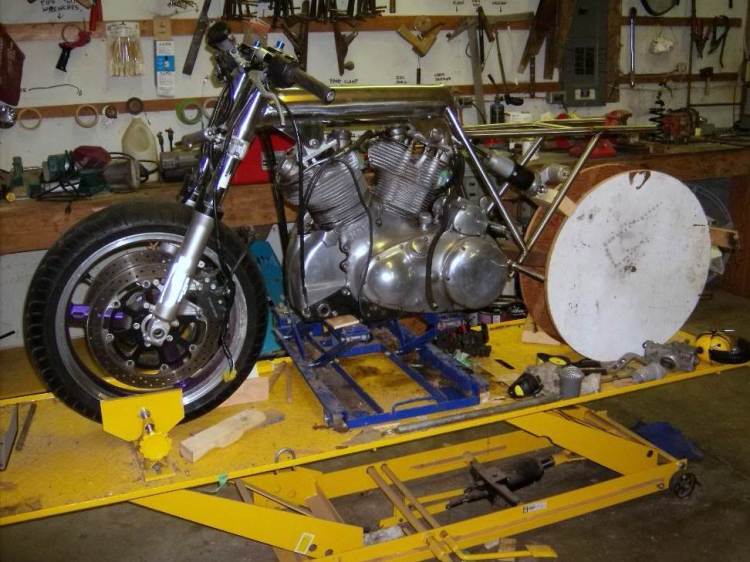
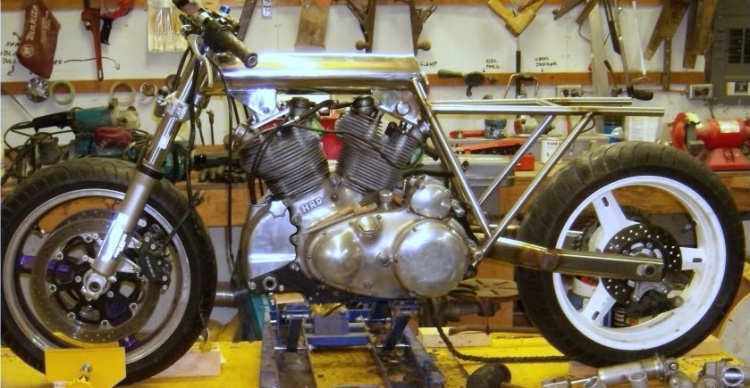



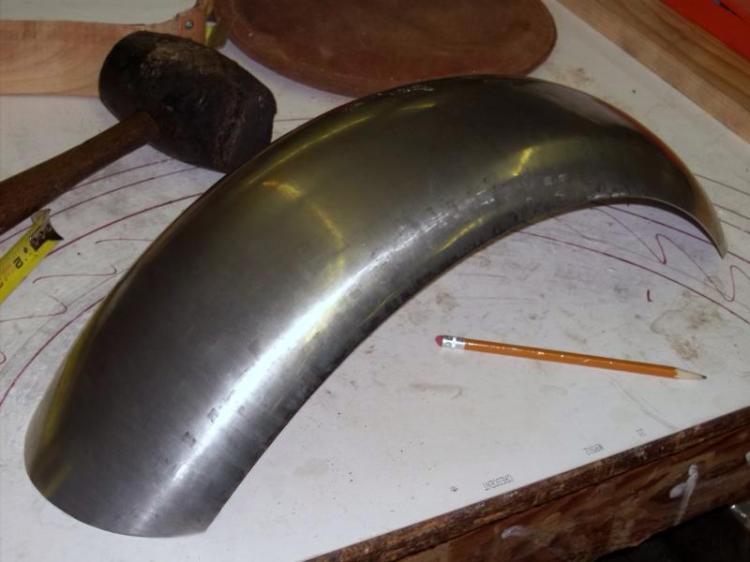
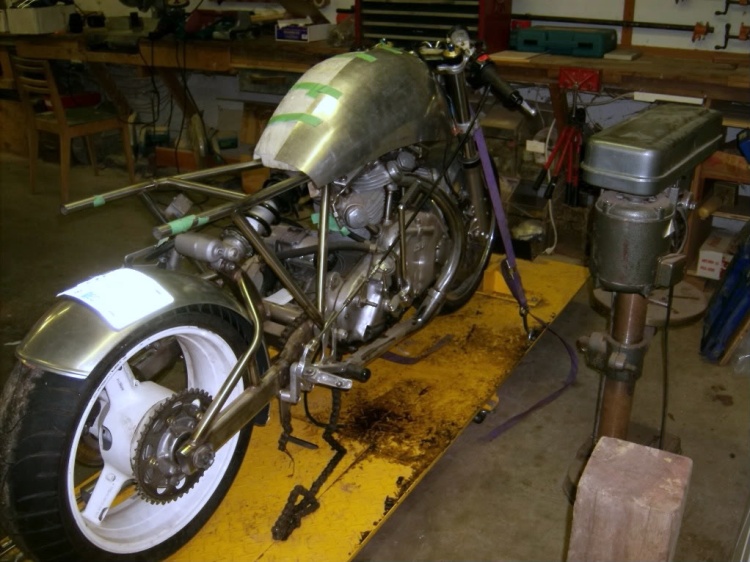
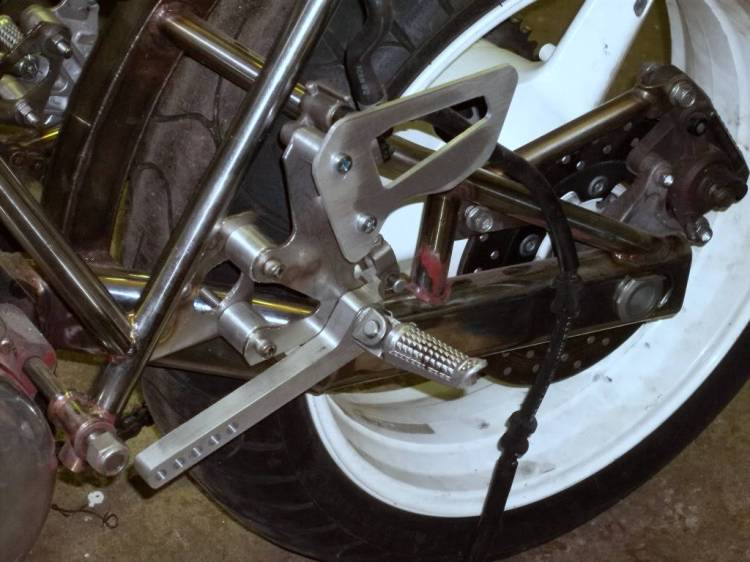





Special Thanks to David Dunfey for his assistance in finding this information and of course Glen Breaks for all the pictures and included materials.
Sources:
(1) The Birth of a Viking Godess http://wp.me/p4cm0Z-4g
(2) In fact it is interesting to note that Dag, the owner of the Egli-Vincent replica and Glen exchanged lot of information and have cooperated through the build. Dag mentions that as Glen was doing his tank later than him, he simply sent the styrofoam tankformer from Norway to Canada. This was a genuine international cooperation in the name of “Egli building” ! This makes also the two bikes a kind of Sister bikes.
(3) http://weldingweb.com/showthread.php?46896-Egli-Vincent-Project&s=0c74920c0887fc79bef11bb9571a1996
(4) http://www.accessnorton.com/project-t11902-15.html
(5) Steve used a set of Terry’s modified heads for his Bonneville bike, then modified those for more power. Terry then incorporated Steve’s info into these heads and added some of his own design; It is a bathtub shaped combustion chamber with Squish band and D shaped exhaust ports.

Reblogged this on Brittius.com.
Great creative, quality build Glen, would love to hear it zoom past some day!
You are a true craftsman. I absolutely love your work.